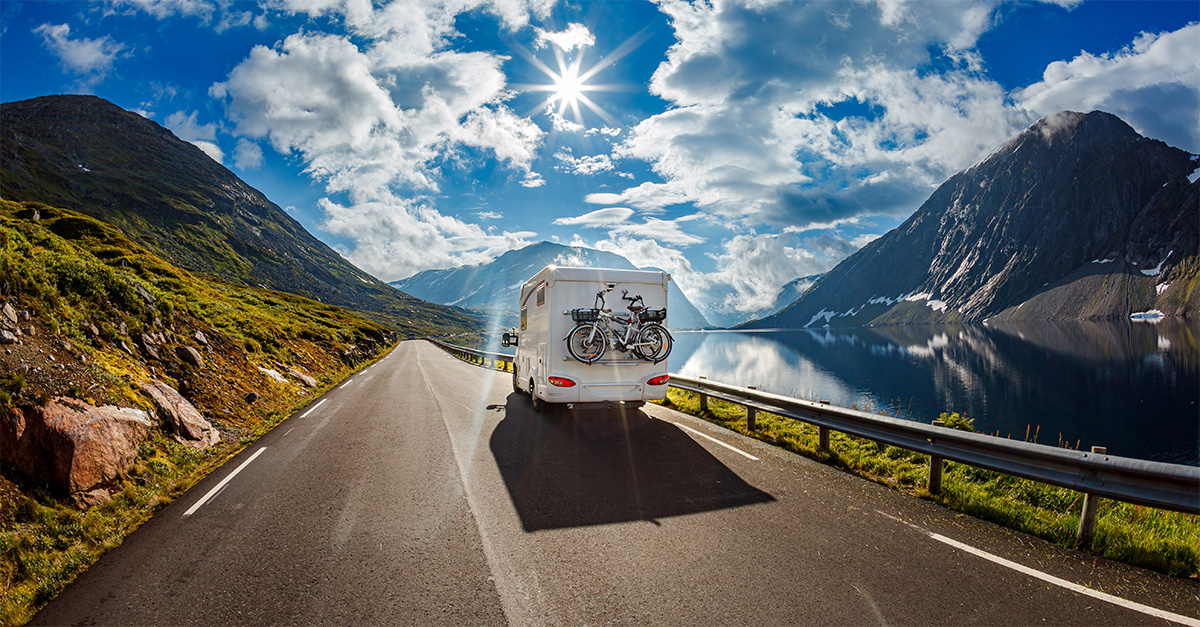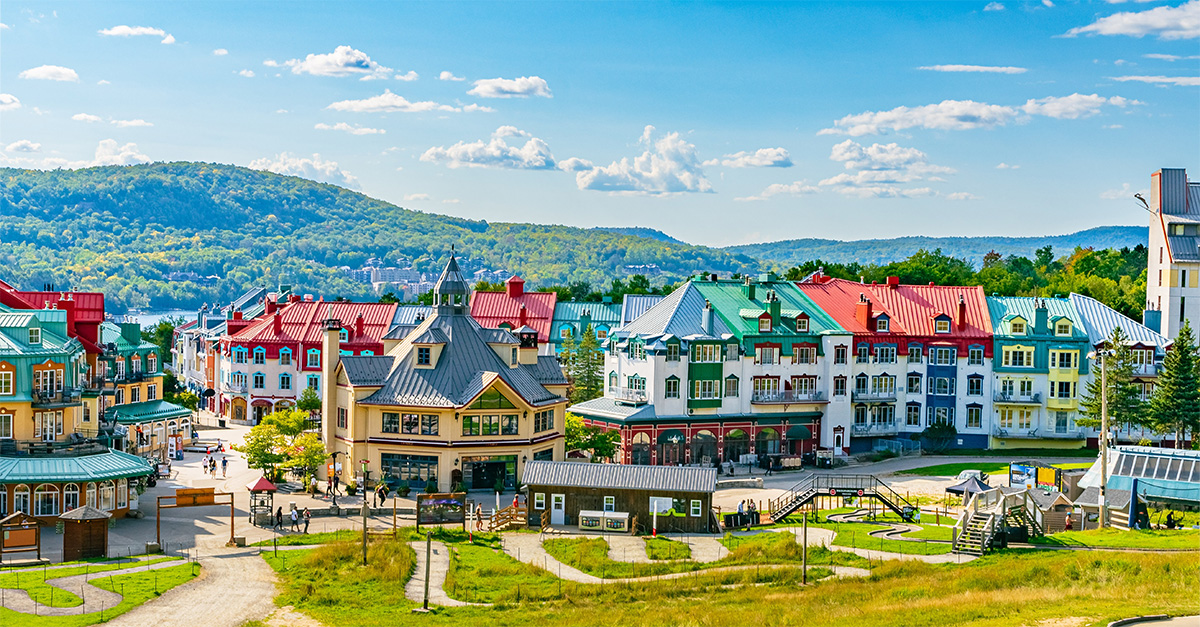You can lead a horse to water, and in Alice Springs you
can also Ride a Camel to Dinner. That is the name of a popular
evening out run by Frontier Camel Tours, which offers a “total
camel experience”. An hour’s trek atop one of these strange
beasts along the Todd River is followed by a visit to a camel
museum and dinner with cured camel meat as a starter.
The arid, paprika-coloured desert of Australia’s Red
Centre is the kind of environment to which camels are well suited.
Since their introduction to the country in 1840, when they were
brought over from Asia to transport goods across Australia’s
vast central plains, these so-called ships of the desert have
thrived. Today, there are reckoned to be more than half a million
camels roaming wild in Australia. They are now so well established
in the area that the Voyages Camel Cup – think the Derby but
with camels – is a highlight on the Alice Springs
calendar.
In a town like Alice, such bizarre events are commonplace. When
I say clients can ride along the Todd River, I mean along the
riverbed. The Todd is a sandy, dried-out tributary that rarely sees
any water. When I visited in May, it had not flowed for more than
18 months. The locals are proud of this phenomenon and each year
host the ironically named Henley-on-Todd Regatta, in which teams of
‘sailors’ run along the riverbed carrying bottomless
boats. “It’s the only boat race in the world that’s
cancelled if it rains,” I was told.
Slap bang in the centre of Australia, Alice Springs’
location (1,500 miles from both Darwin and Adelaide) was determined
by the explorer John Stuart who, in 1871, decided that one of the
12 telegraph stations supporting a fledgling communications system
across the desert should be built on that spot. The town was named
after the wife of his boss, South Australia’s postmaster,
General Charles Todd, who had to settle for having the waterless
river as his namesake. Several gold rushes in later years helped
the community grow into the largest in central Australia.
Today, most holidaymakers use it as a base from which to explore
the wilderness and culture of the Red Centre and as a staging post
en route to Uluru (formerly Ayers Rock) 300 miles away.
There is an empty, transient feeling about Alice and once
clients have looked around the aboriginal art shops and worked out
that taking a didgeridoo back as hand luggage is impractical, they
might be forgiven for thinking the town has little to offer.
But scratch the surface and there’s enough to do in and
around the town to keep them busy for a couple of days.
For £8, you can buy an Alice Wanderer ticket that allows
one day’s unlimited travel around the town, stopping off at
all places of interest.
A trip to the old telegraph station gives an idea of how
isolated the early pioneers were 130 years ago.
Hopeful faces stare back at you from old sepia photos while the
restored buildings and old record books hint at how harsh
conditions were. In fact, the first message sent out from the
station was to inform the authorities that the new stationmaster
had died of thirst in the desert on his way to taking up the new
post.
A visit to the Flying Doctor Centre, where you can learn about
the service, is another reminder of the Red Centre’s
vastness.
Three doctors look after 16,000 people in the Outback – an
area the size of Europe. The old 1970s soap opera about the Flying
Doctor service was based on scenarios from real life, although I
was firmly assured the doctors are far too busy to have a fling
with any of the nurses.
If visitors only have time to visit one local sight, then the
Alice Springs Desert Park, seven miles out of town, is a must.
This nature park, via its educational tour, shows how the
desert’s delicate ecosystems work and how the aborigines
scrape an existence in this seemingly barren landscape.
Several demonstrations are held throughout the day. At the
aboriginal workshop, you can learn how to throw a spear, and the
birds of prey show is breathtaking, with eagles and falcons
swooping down to their handlers, seemingly from nowhere.
David Attenborough has visited the centre and wrote in the
visitor’s book: “There is no zoo or wildlife park in the
world that can match it.”
A trip to the Desert Park is included as a stop-off for clients
taking the two-day transcontinental Ghan train journey from Darwin
to Adelaide. The train is named after the Afghan camel herders who
cared for the camels making the same journey across the red,
parched ground before the age of rail.
In Alice Springs there’s no escaping the camels and no
denying there’s no other landscape like this on Earth.




